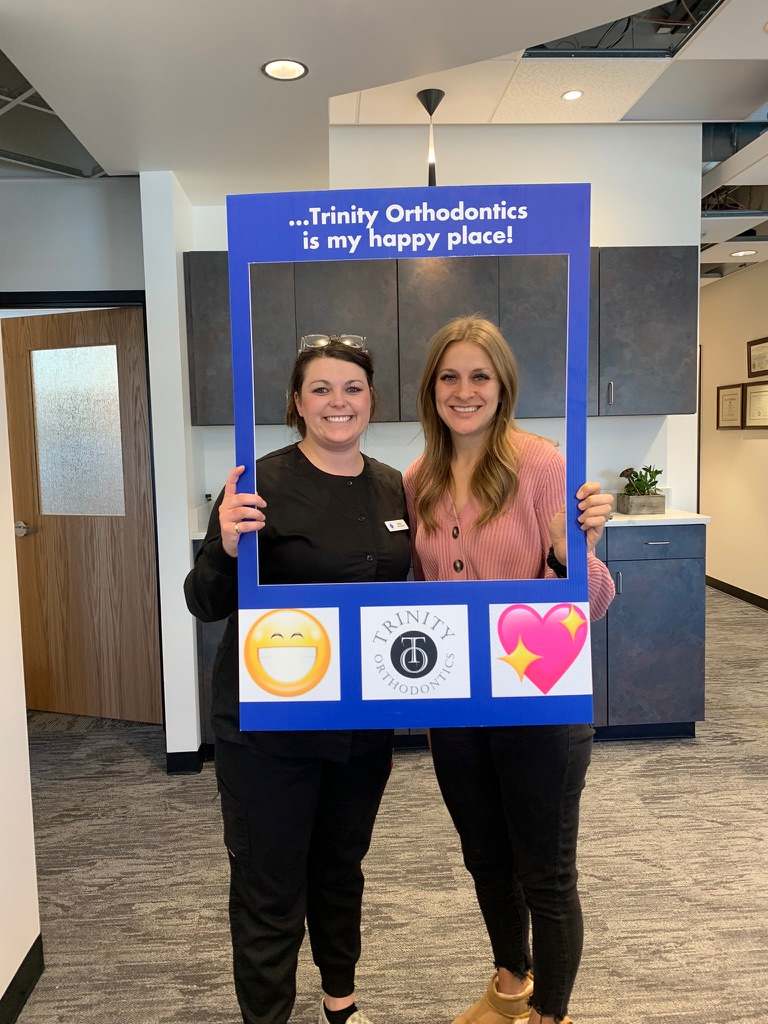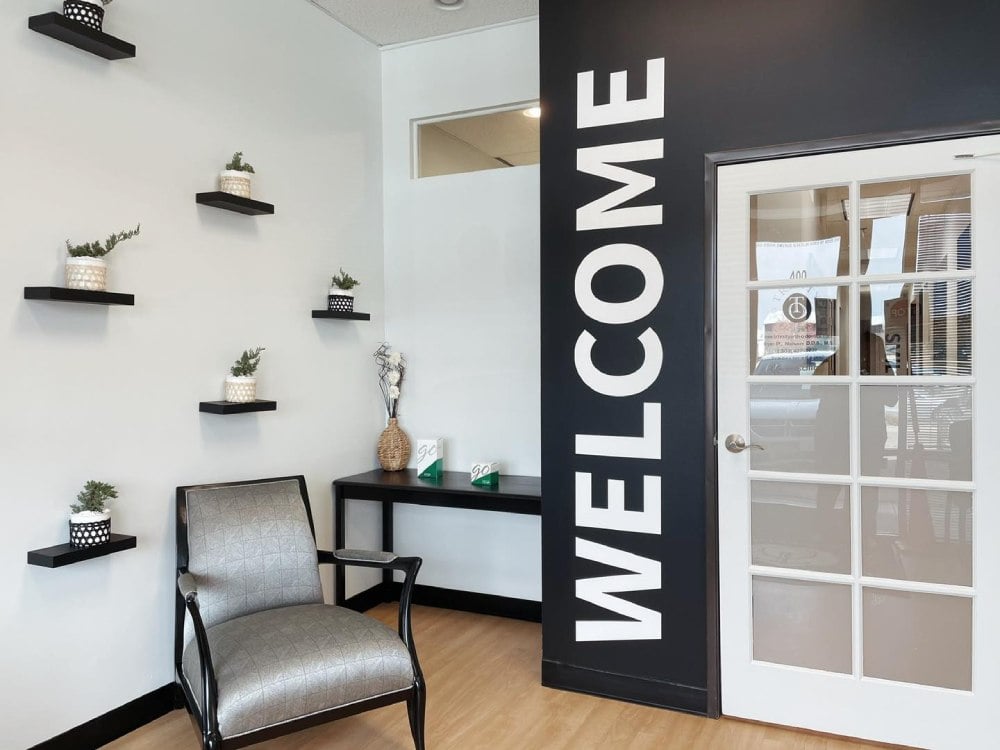Most children begin losing baby teeth (and parents get to start playing tooth fairy!) around age 6, and their last teeth are gone by age 10 to 12. Many parents then start assessing how straight their kids’ teeth look or asking their dentist if there are problems that warrant seeing an orthodontist.
The first checkup
But the middle school years, when many people remember having braces themselves, are actually late to start visiting an orthodontist. In fact, the American Association of Orthodontists recommends a first checkup with an orthodontist happen no later than age 7.
Why see an orthodontist
Crooked teeth aren’t the primary reason kids should see an orthodontist: While straight teeth are certainly a reason many people seek treatment, it’s more important to stave off health or speech issues, according to Healthline.
Teeth are one of the vital parts of the anatomy. Called articulators, they help enable speech, according to WebMD. Other important parts are the jaw and tongue. If any are out of alignment, a child may have speech problems. Overcrowded teeth, gapped teeth, open bites, and overbites can all affect language production.
Early intervention
In addition to issues that need to be addressed early, misaligned teeth can cause health problems later in life. For example, because it can be hard to floss and brush between crooked teeth, the lack of effective cleaning can cause tooth decay and gum disease, according to Healthline. If gum disease is left untreated, it can lead to a serious infection called periodontitis, which can damage bones and teeth.
Misaligned teeth can also cause digestion problems because the person doesn’t chew properly.
“Crooked teeth can also cause excess wear and tear on the teeth, gums, and jaw muscles, resulting in cracked teeth, jaw strain, temporomandibular joint disorder, and chronic headaches,” according to Healthline.
Taking children to an orthodontist while they have some baby teeth and some permanent teeth allows the orthodontist to gather information and spot signs of problems early. Some children may show signs of needing future treatment, while a few may have a problem that requires early treatment, according to the American Association of Orthodontics.
“Early treatment can be in a patient’s best interests if their problem is one that could become more serious over time if left untreated,” according to the AAO. “The goal of early treatment is to intercept the developing problem, eliminate the cause, guide the growth of facial and jaw bones, and provide adequate space for incoming permanent teeth. A patient may require a second course of treatment after all permanent teeth have come in to move those teeth into their best positions.”
Issues to look for
The kinds of issues that may warrant this early approach include underbites, crossbites, crowded teeth, excessively spaced teeth, extra or missing teeth, and teeth that meet abnormally or not at all. In addition, if a child sucks a thumb, finger, or pacifier and it’s affecting tooth or jaw growth, early intervention may be needed.
Early treatment could include the use of an appliance or the removal of some baby teeth, which could help permanent teeth grow in better.
“Regardless of how treatment goals are reached, the bottom line is that some orthodontic problems may be easier to correct if they are found and treated early,” according to the AAO. “Waiting until all the permanent teeth have come in, or until facial growth is nearly complete, may make correction of some problems more difficult.”
Choose your orthodontic expert carefully
Recent advancements have made it possible for skilled orthodontists to use Invisalign to treat young kids. Kids orthodontic issues can be treated in 6-10 months with just a few appointments, without bulky appliances. Parents are advised to seek a highly experienced Invisalign provider to provide this shorter, more comfortable option for early treatment.
Around the time your child turns 7, make an appointment with the specialists at Trinity Orthodontics, the #1 provider of Invisalign in the region, for a complimentary consultation. For more information, contact our team today!



